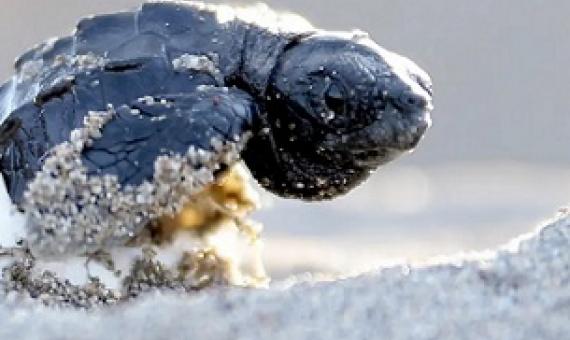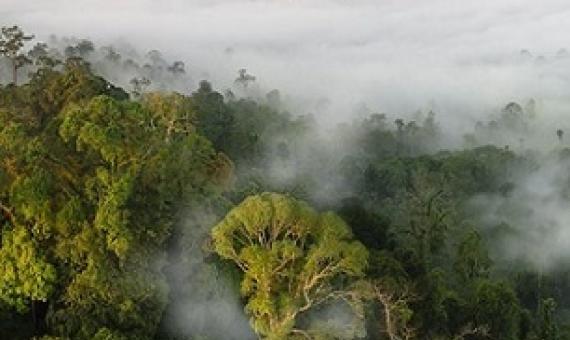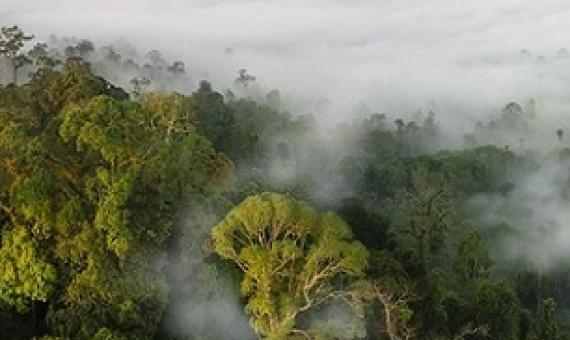A Biodiversity Hotspots Treaty: The Road not Taken
After brief introductory comments on the Dasgupta Review, I turn to a subject little discussed in this report, the Convention on Biological Diversity. I explain the many weaknesses of this agreement, and its greatest missed opportunity: a protocol to conserve biodiversity as a global public good. This value of biodiversity represents only a fraction of the total value of conservation, but it’s the fraction that can only be supplied by a global treaty.













